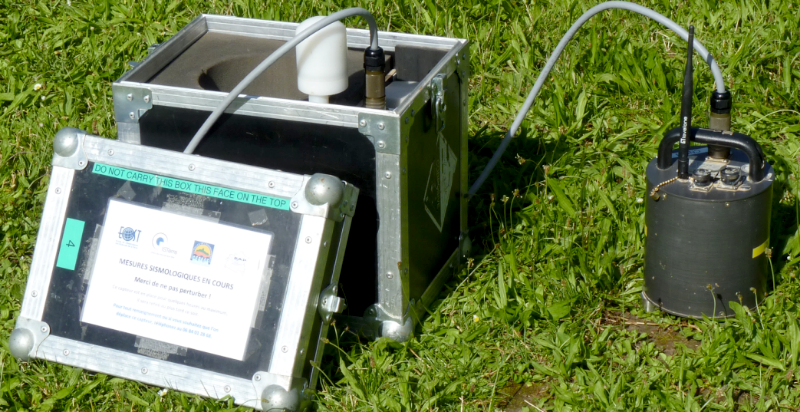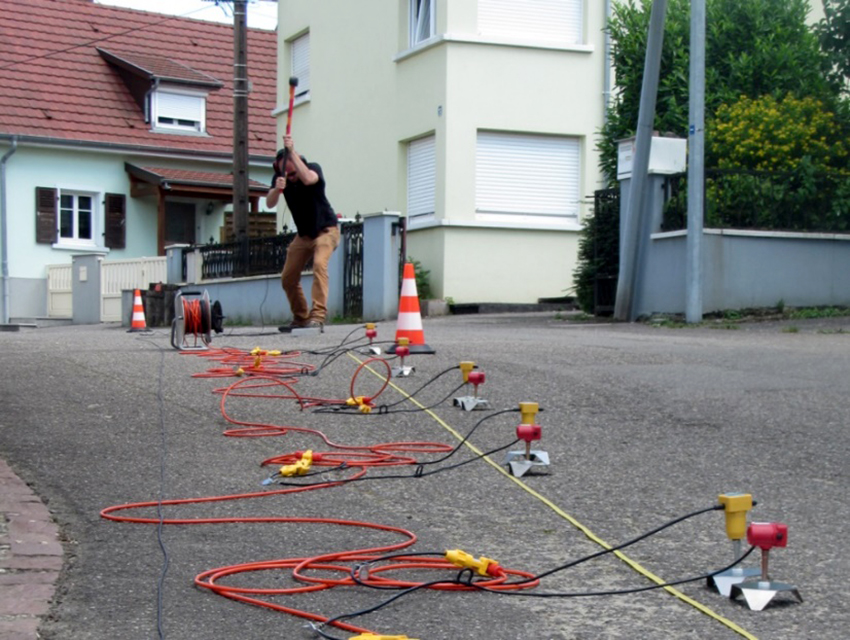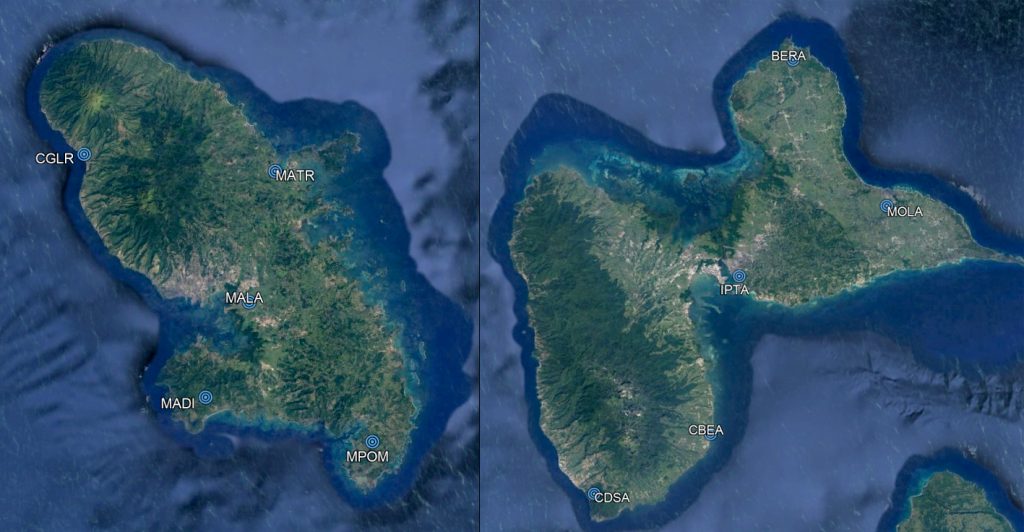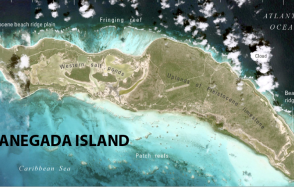Characterization of site conditions for the RAP-RESIF network in the French West Indies
From March 9, teams from OVSG-IPGP and OVSM-IPGP will be taking part in a geophysical campaign to characterize the sites of seismic stations in the RAP-RESIF network, which will enable better calibration of seismic hazard assessment.
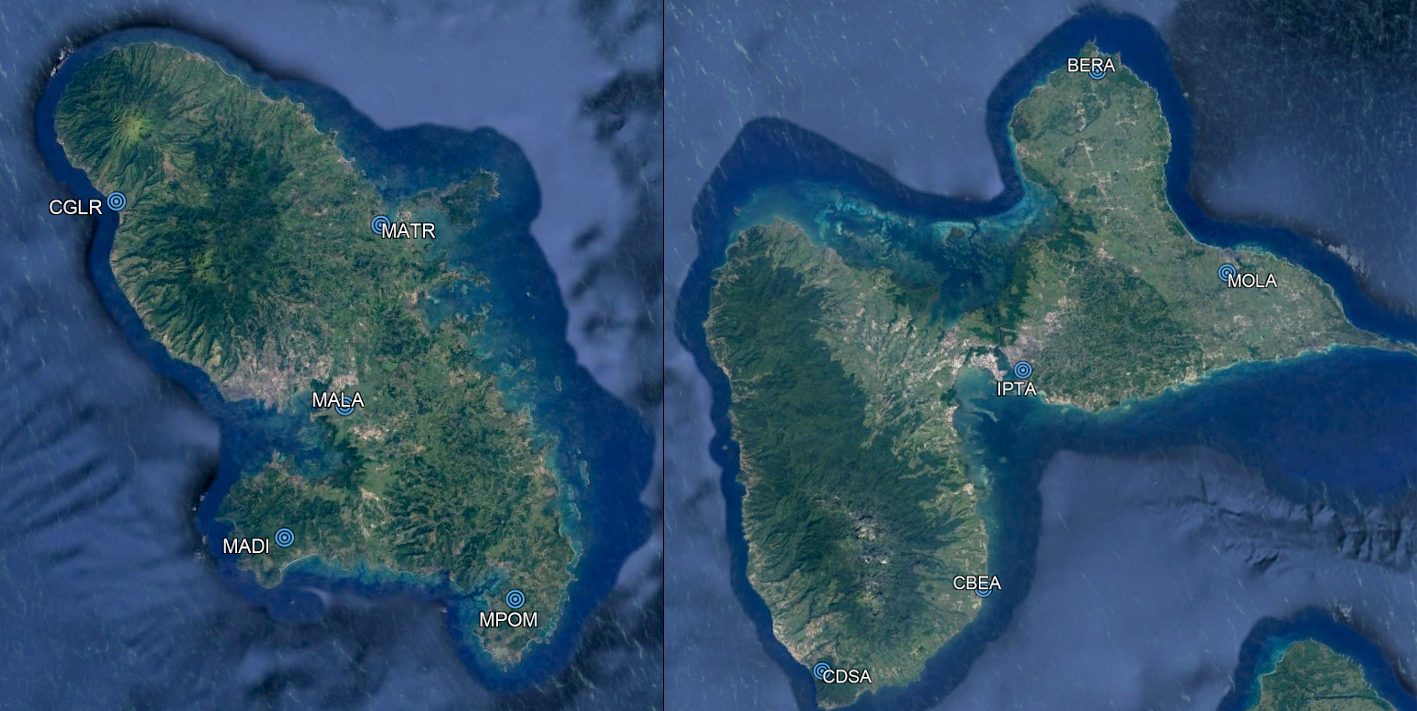
Publication date: 07/02/2020
Observatories, Press, Research
Latest news





